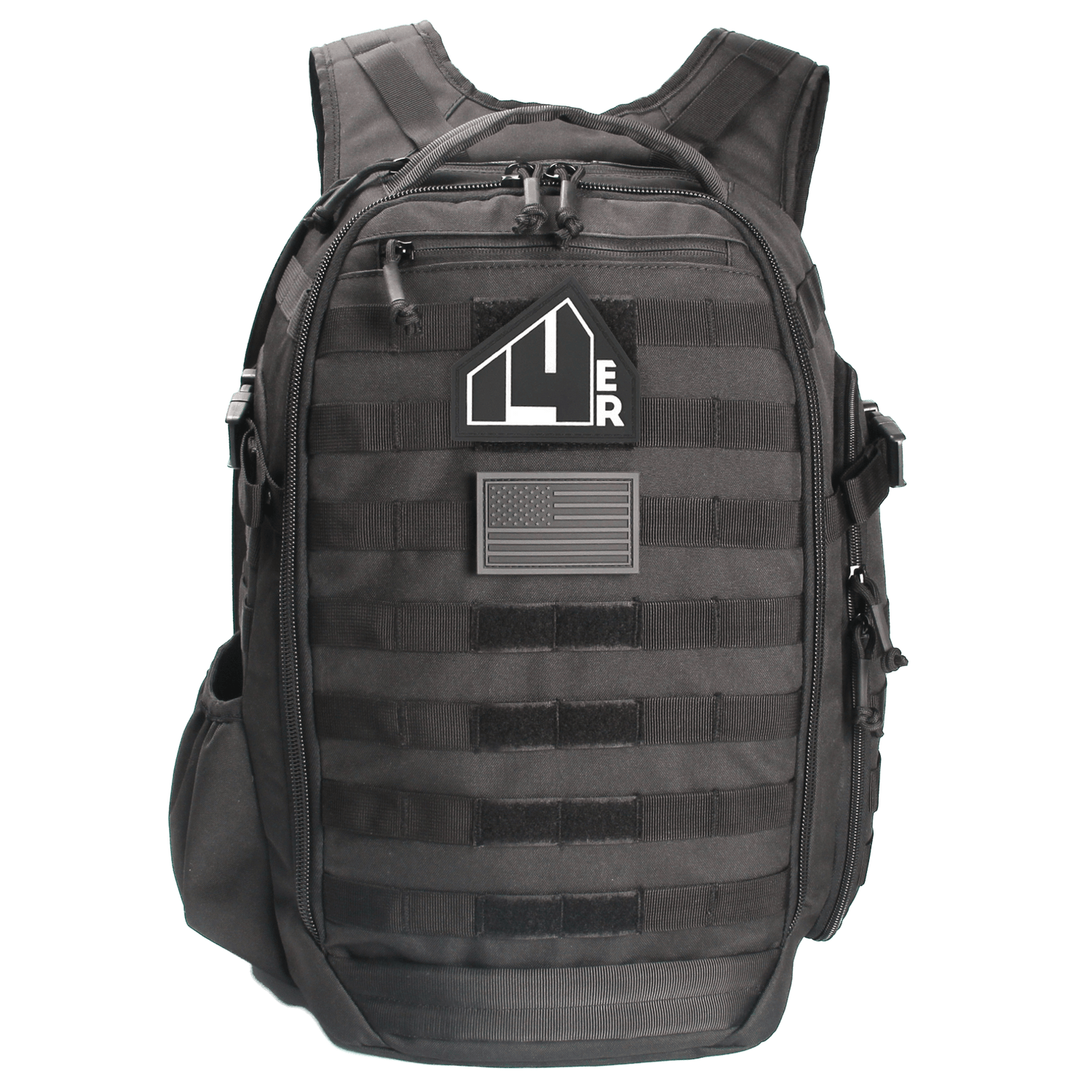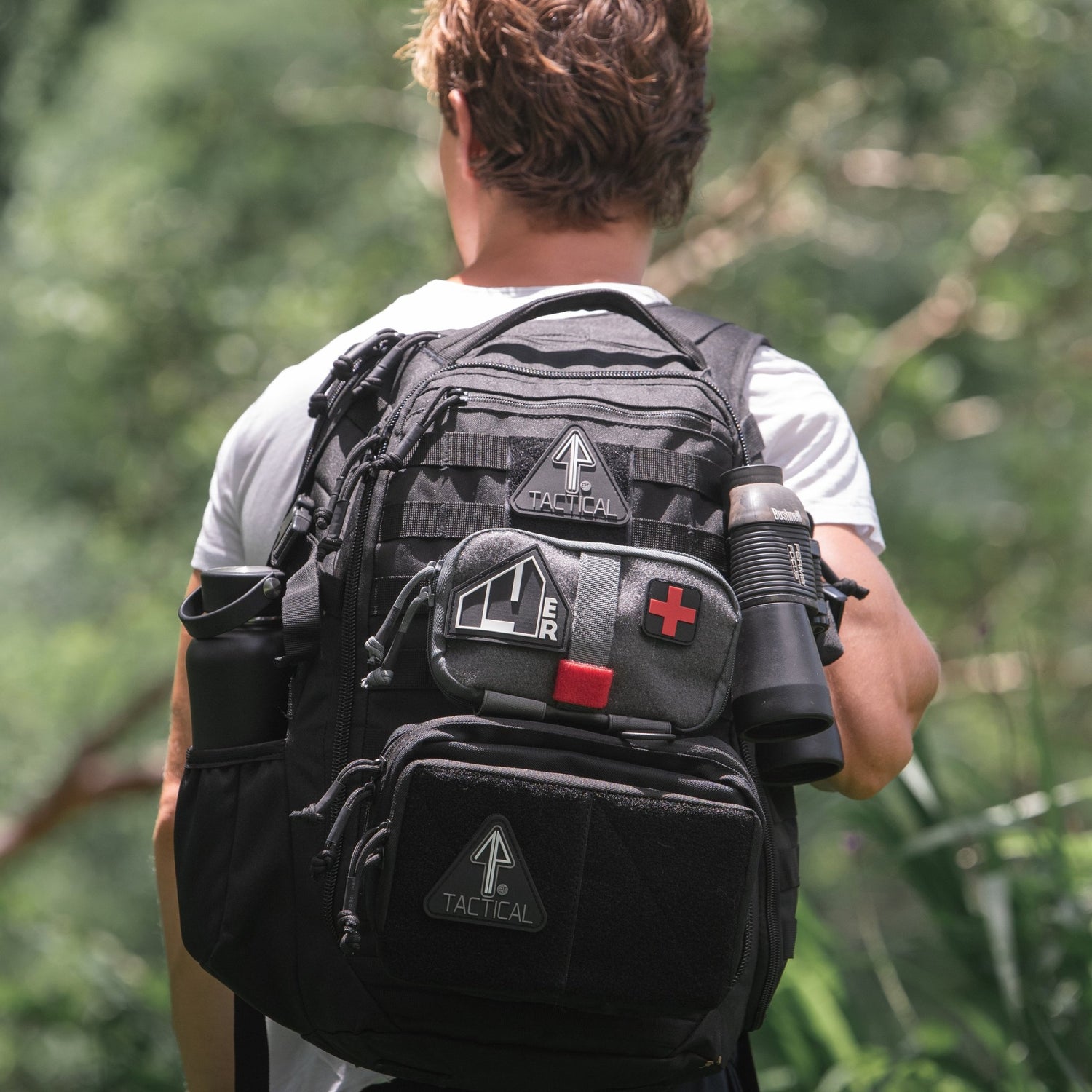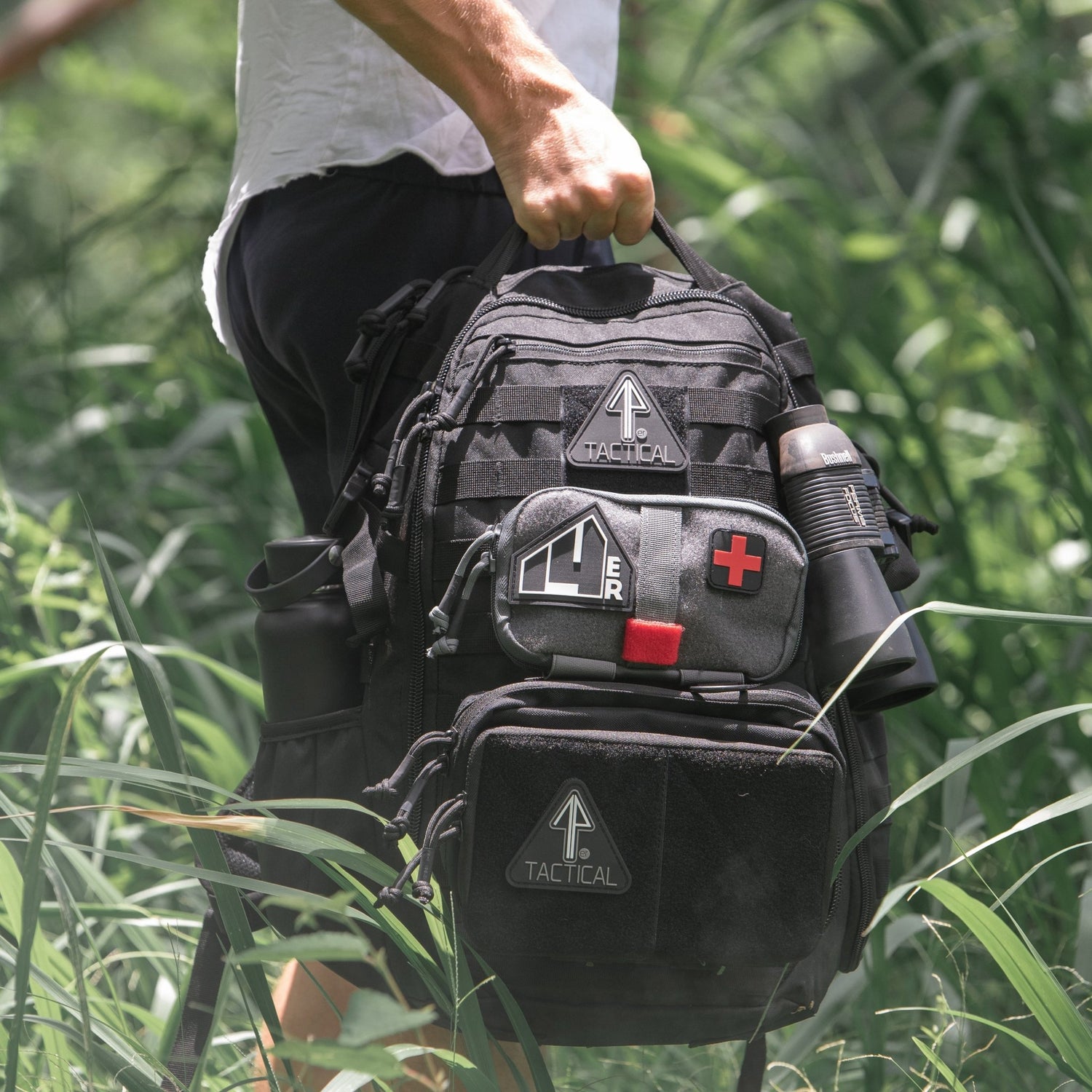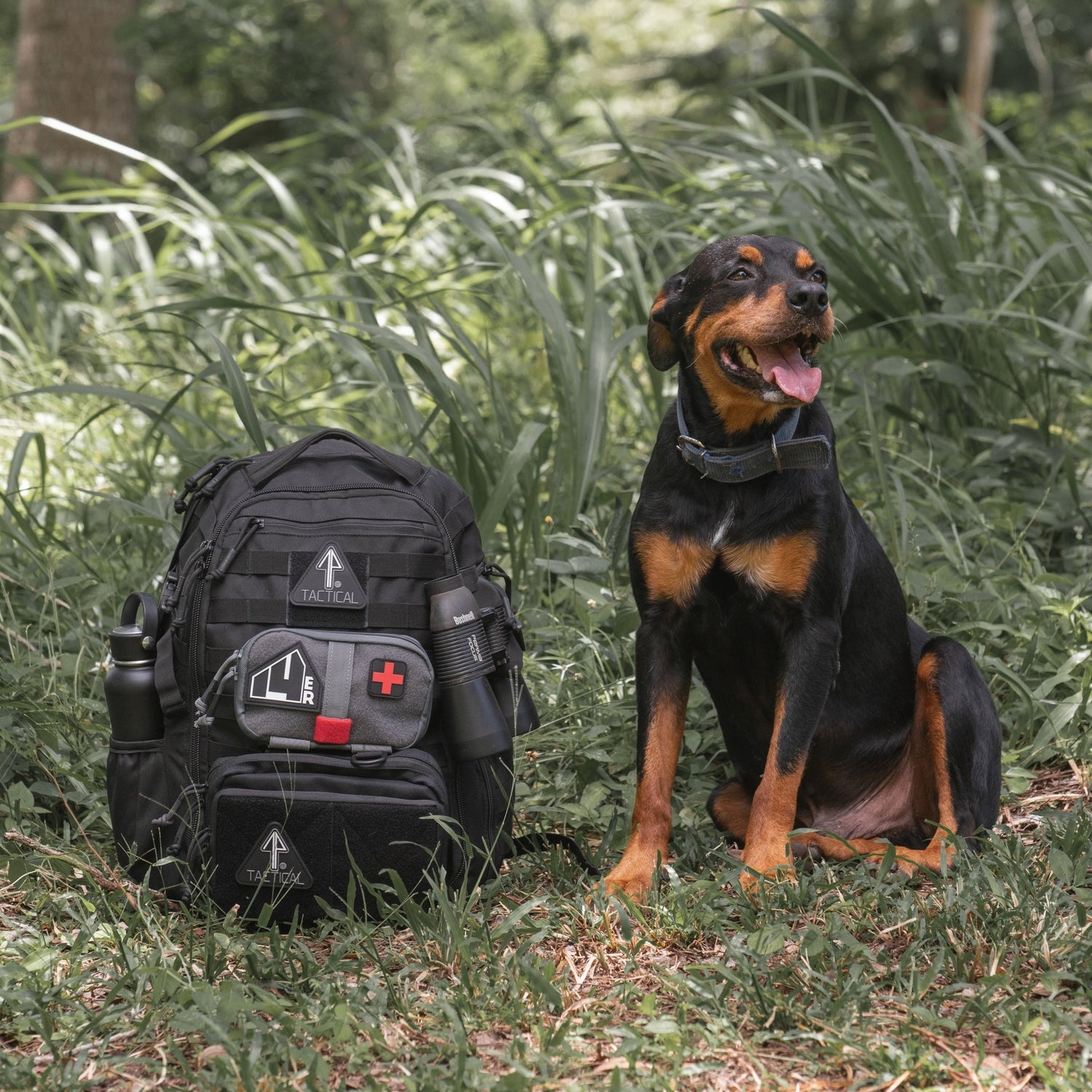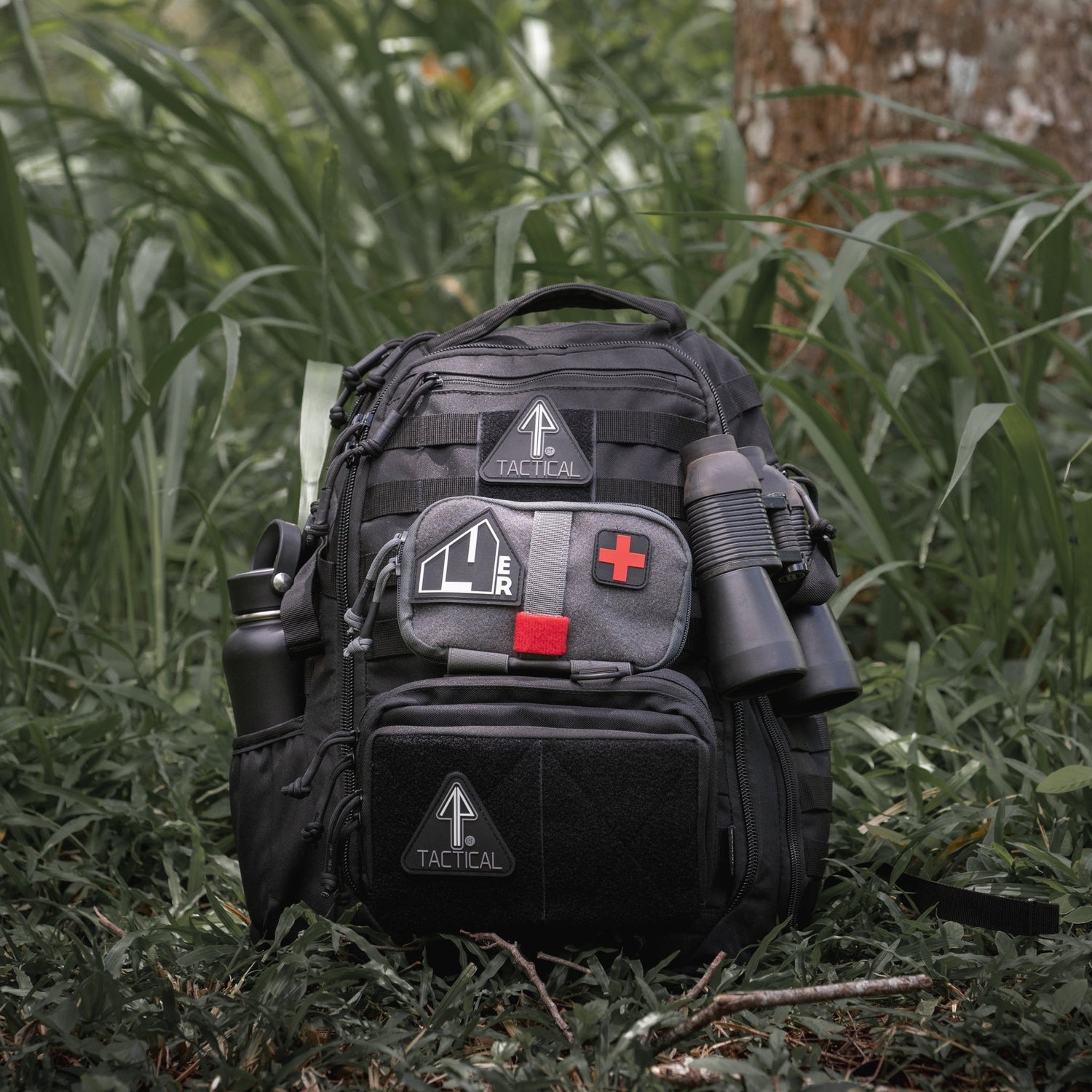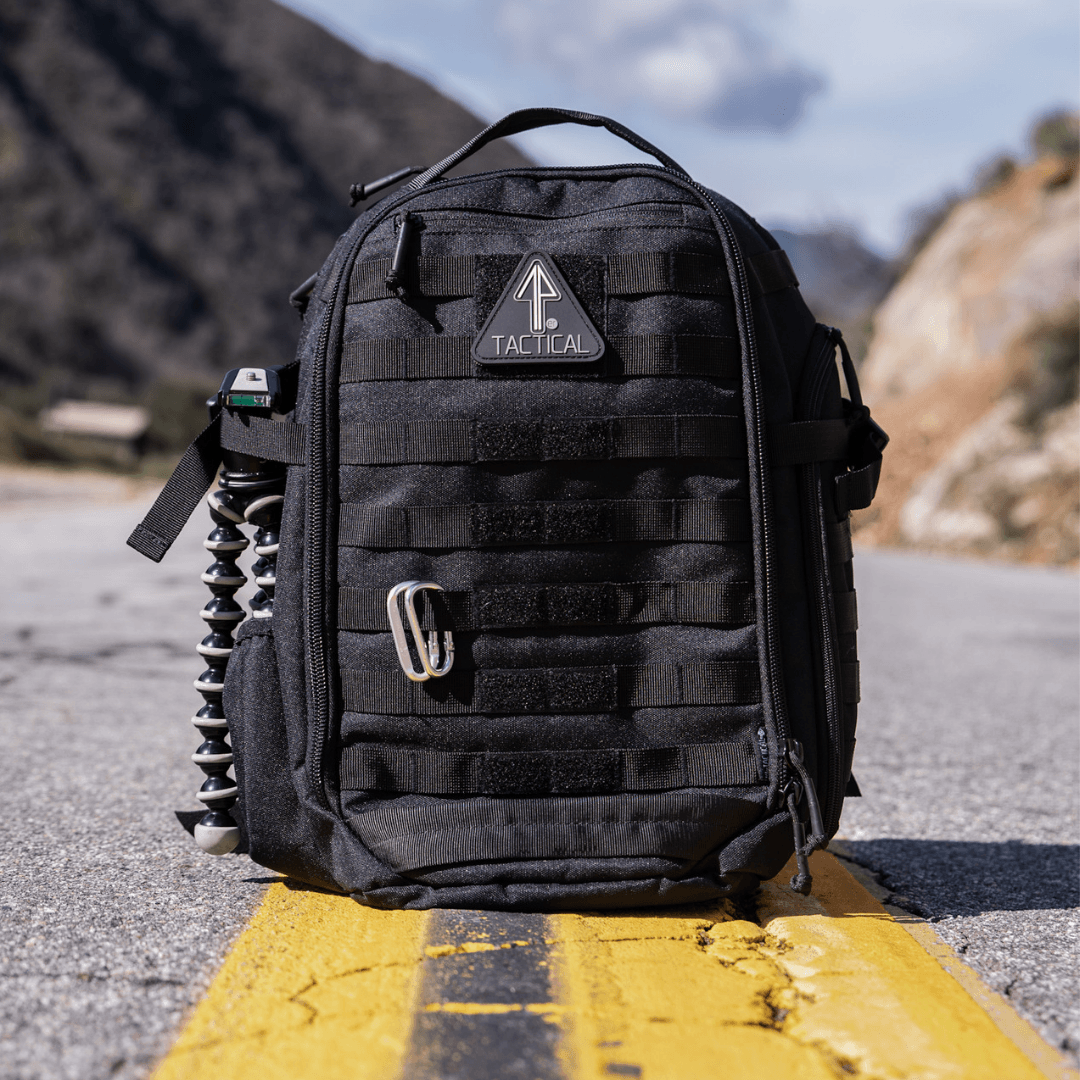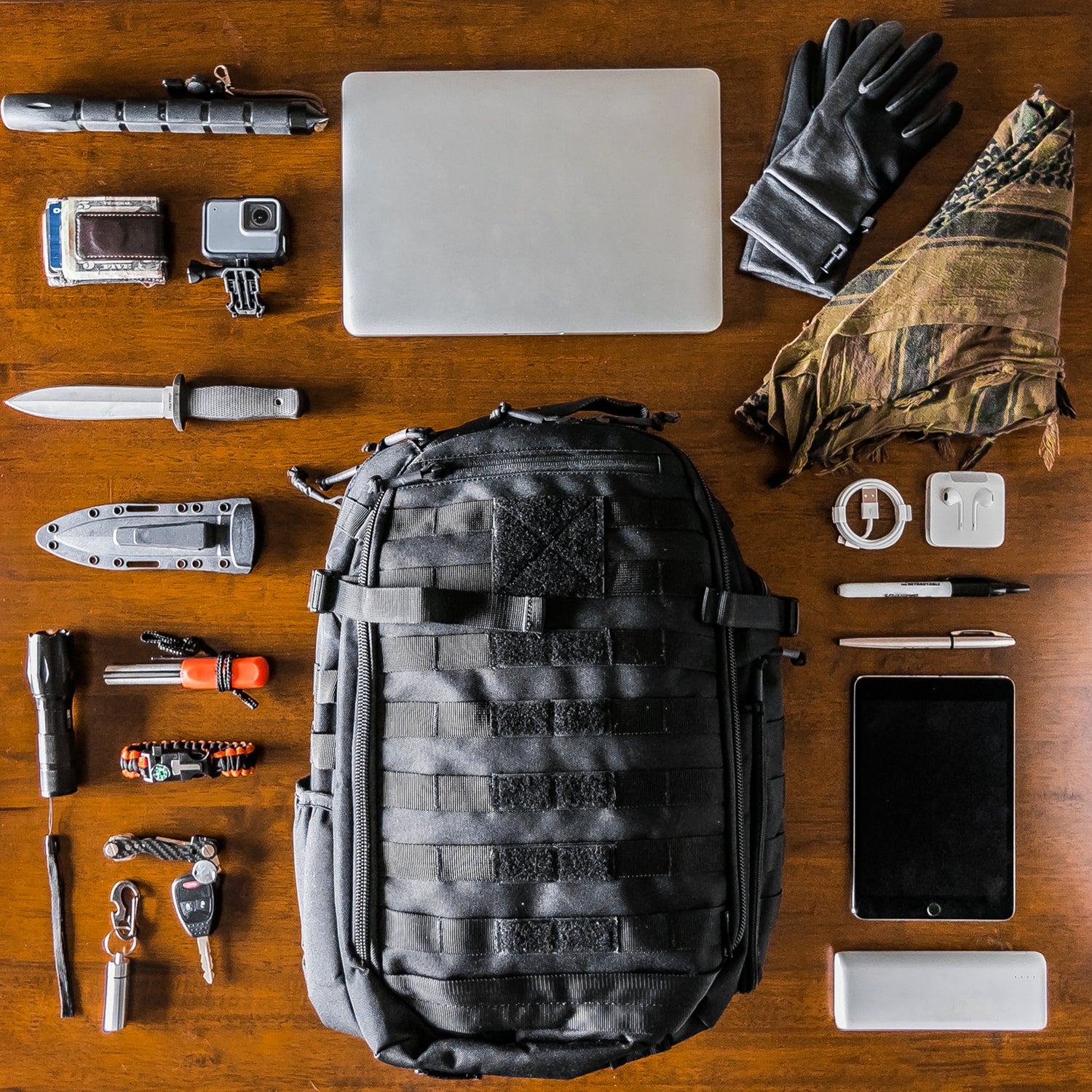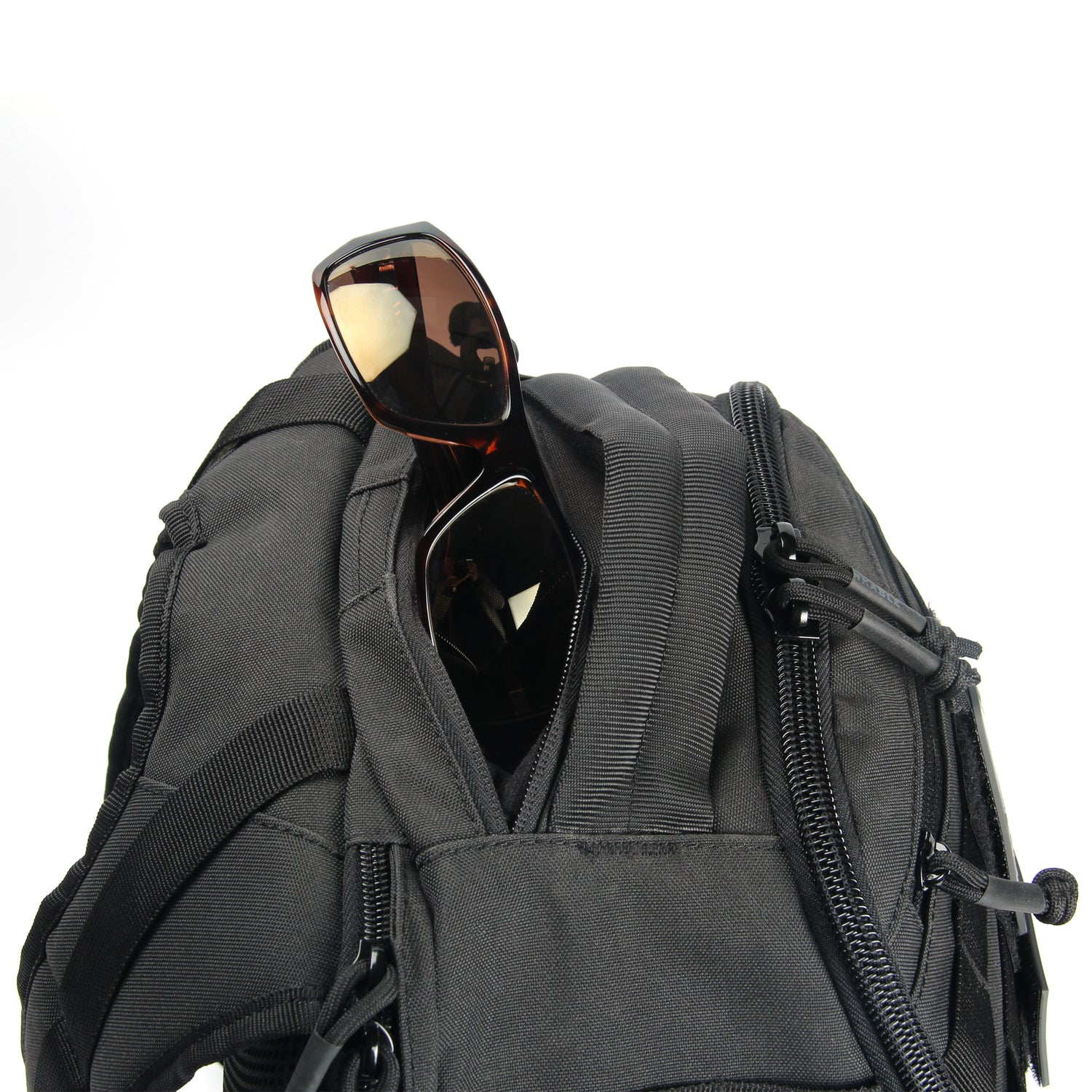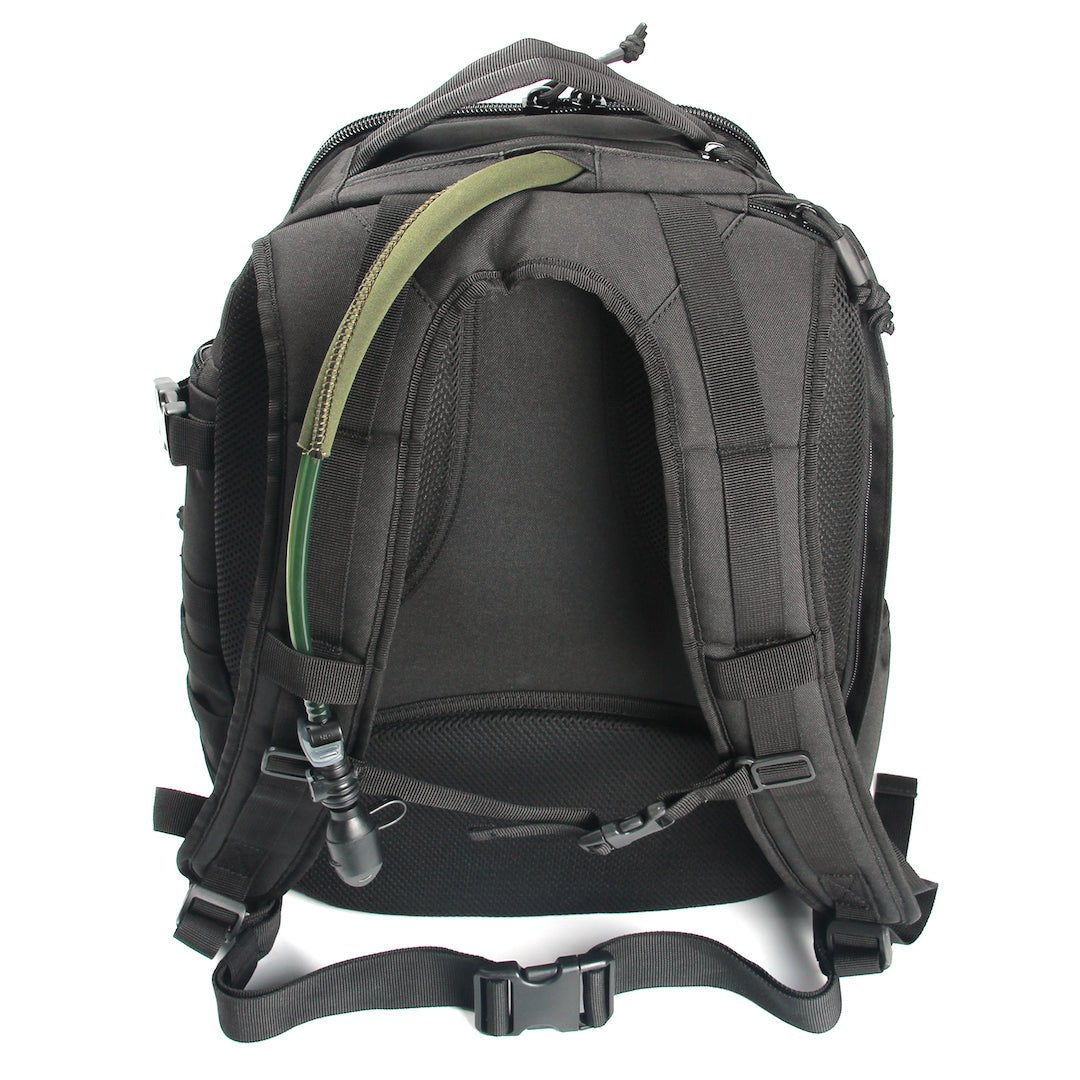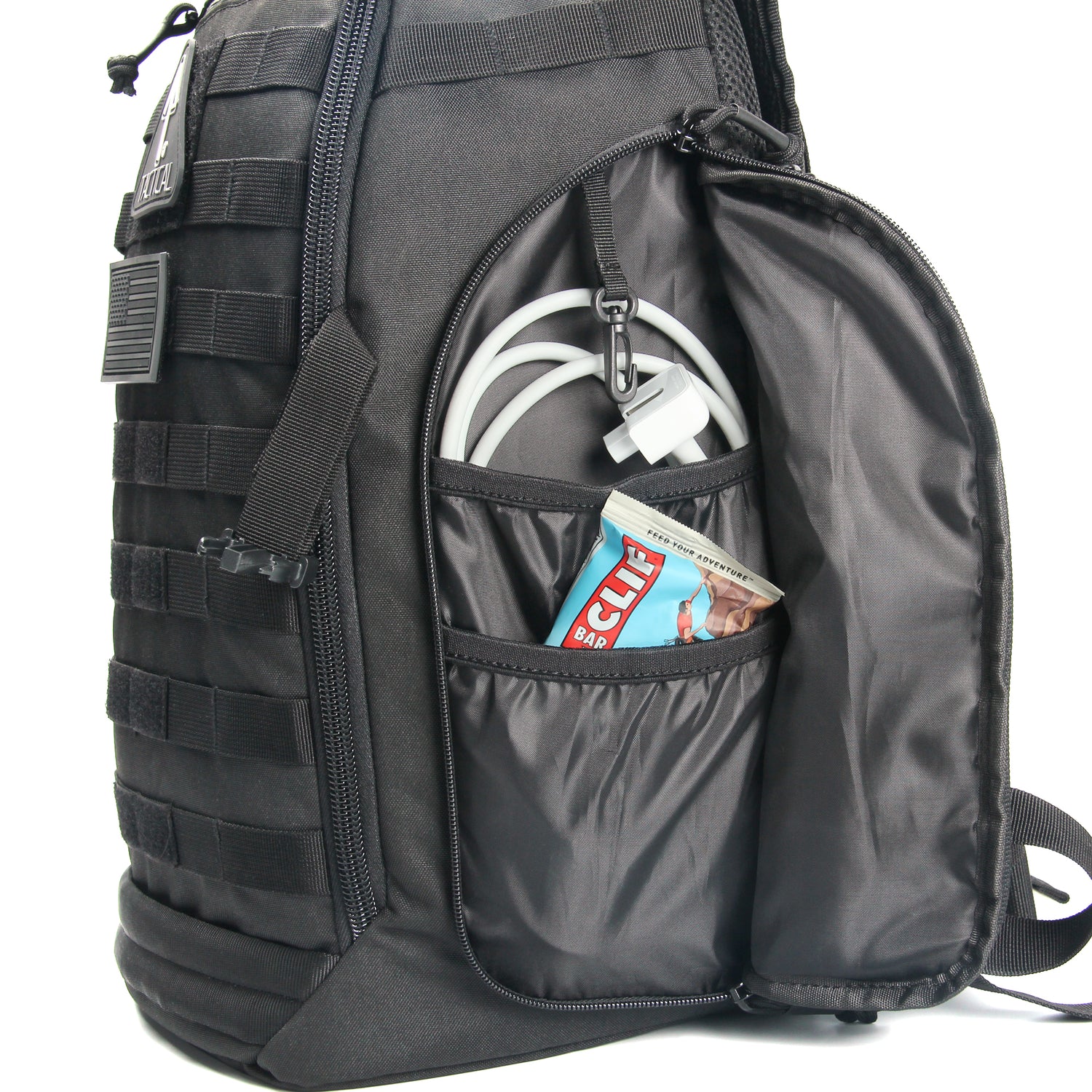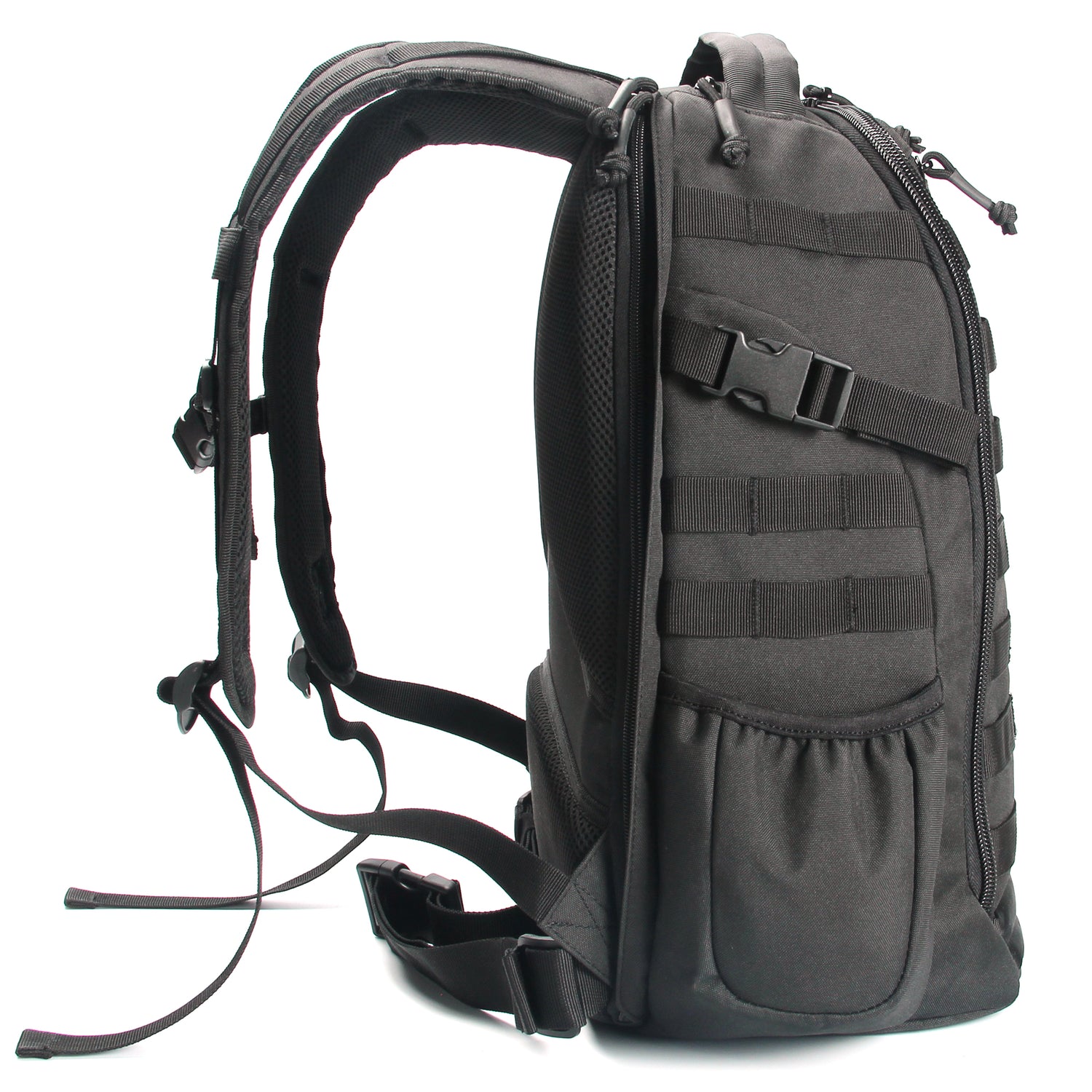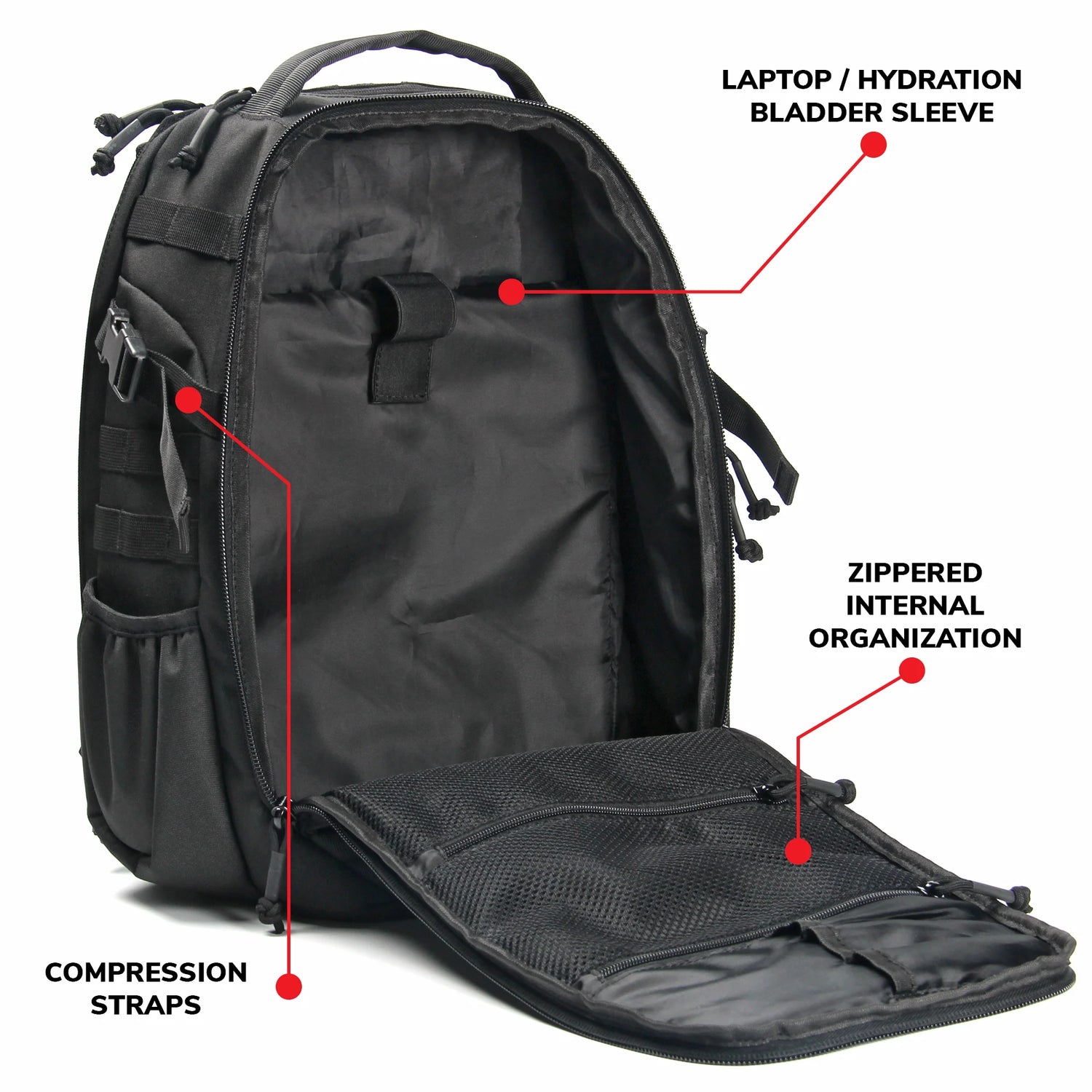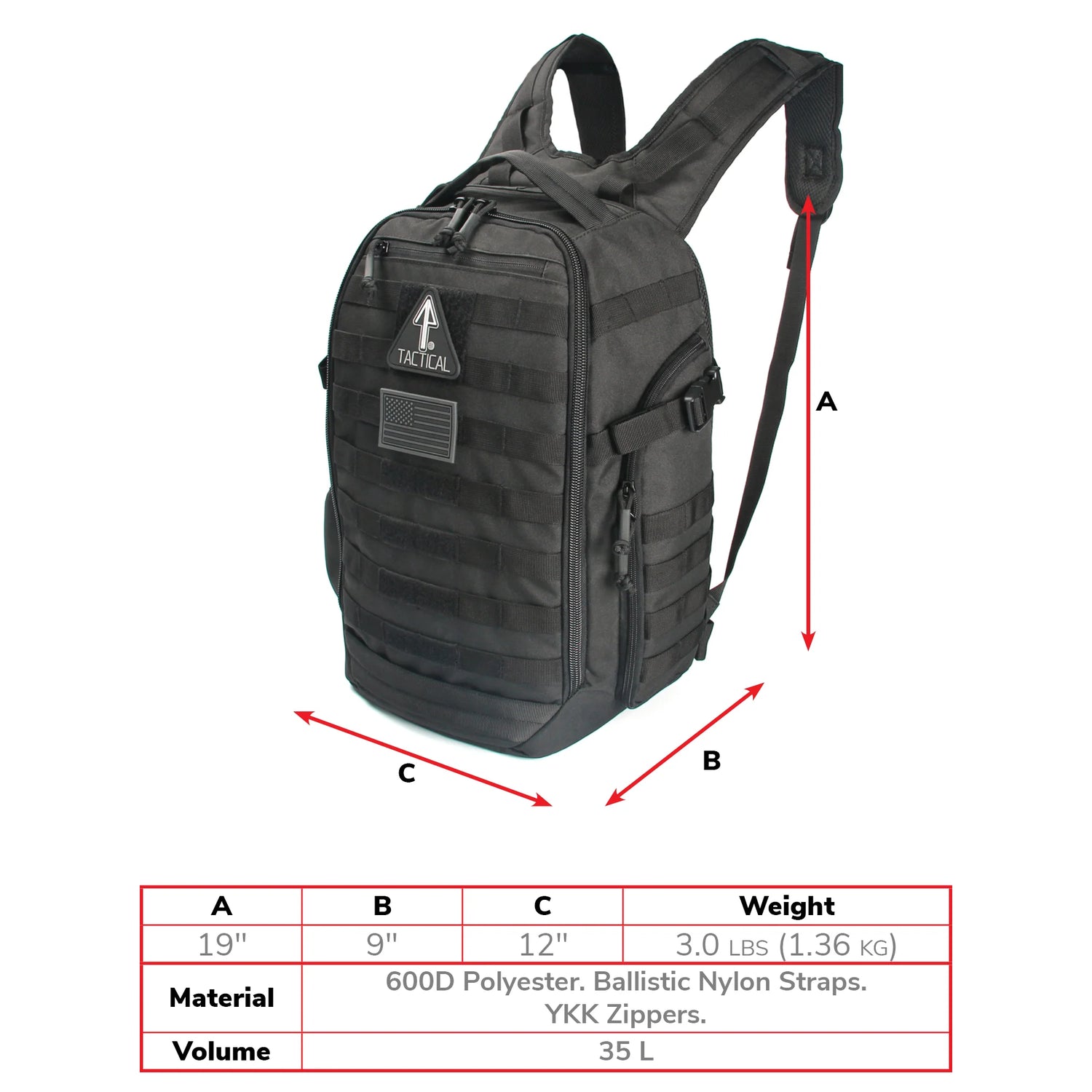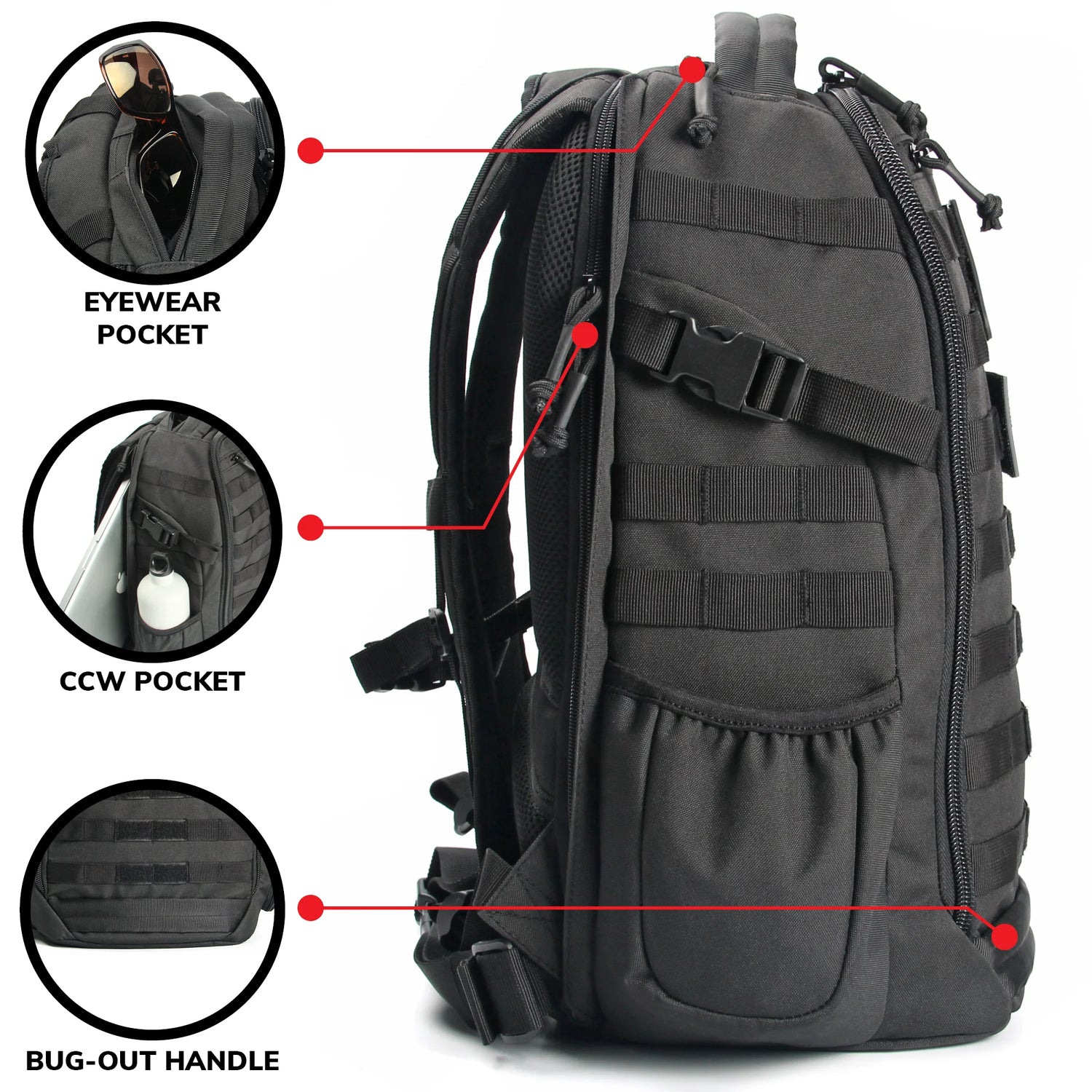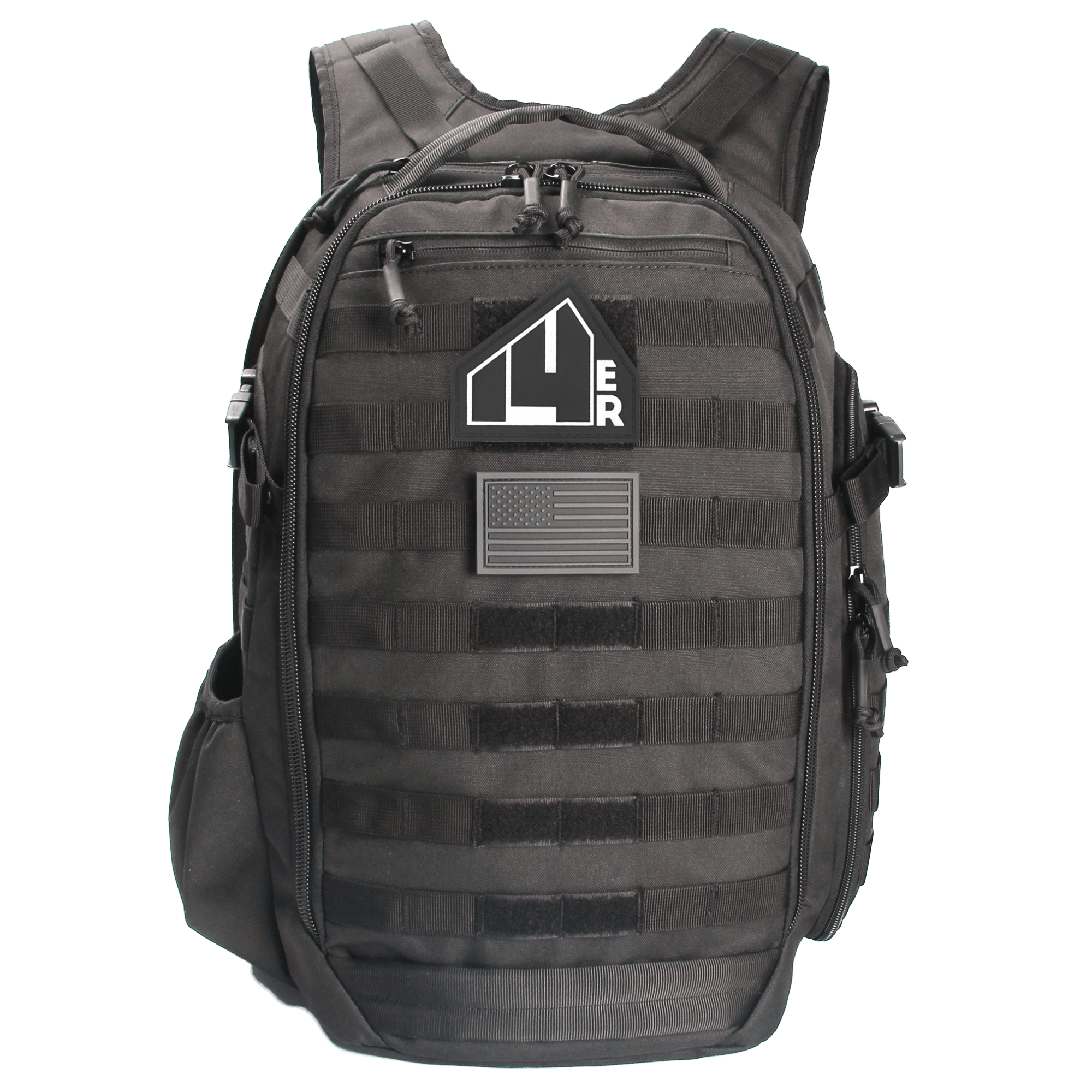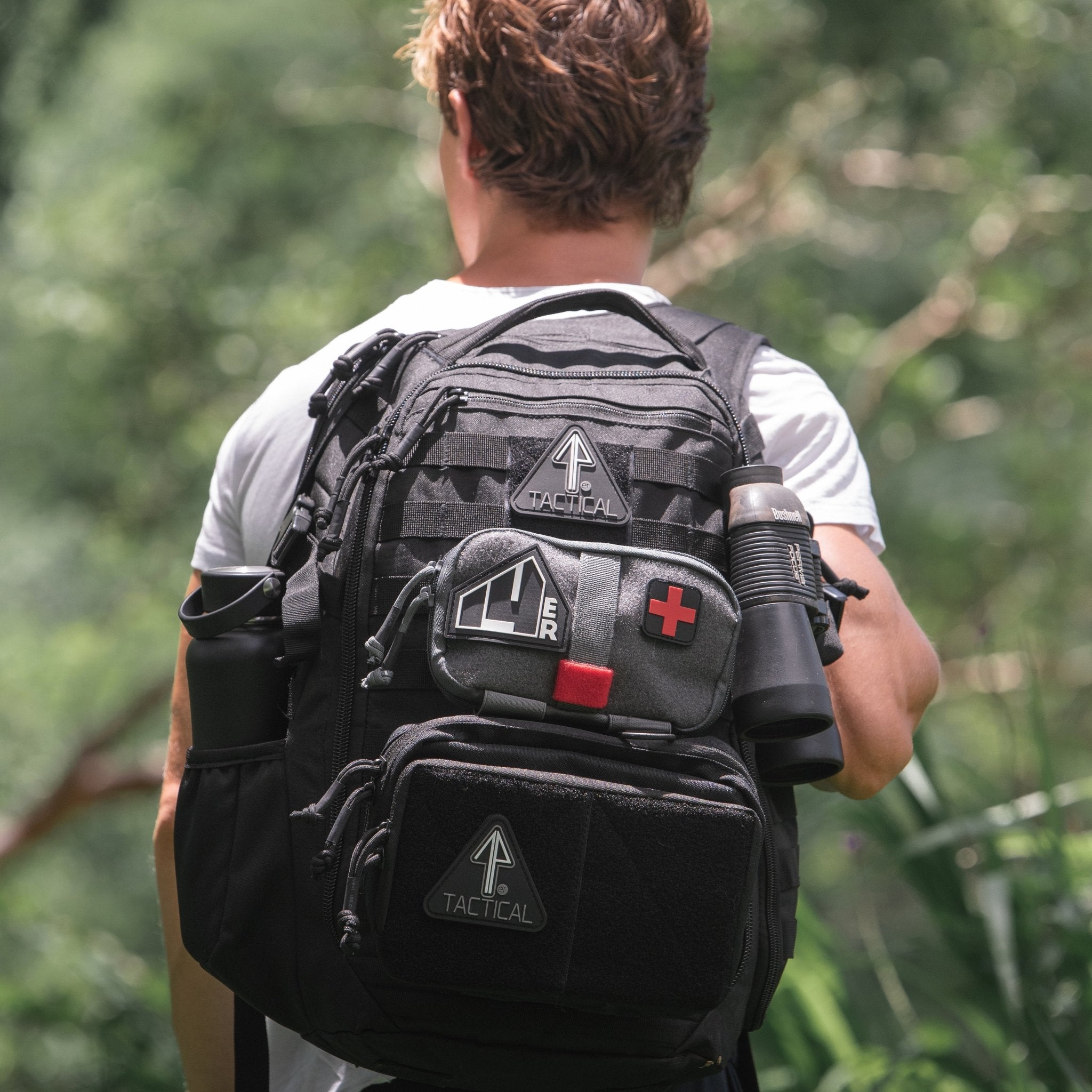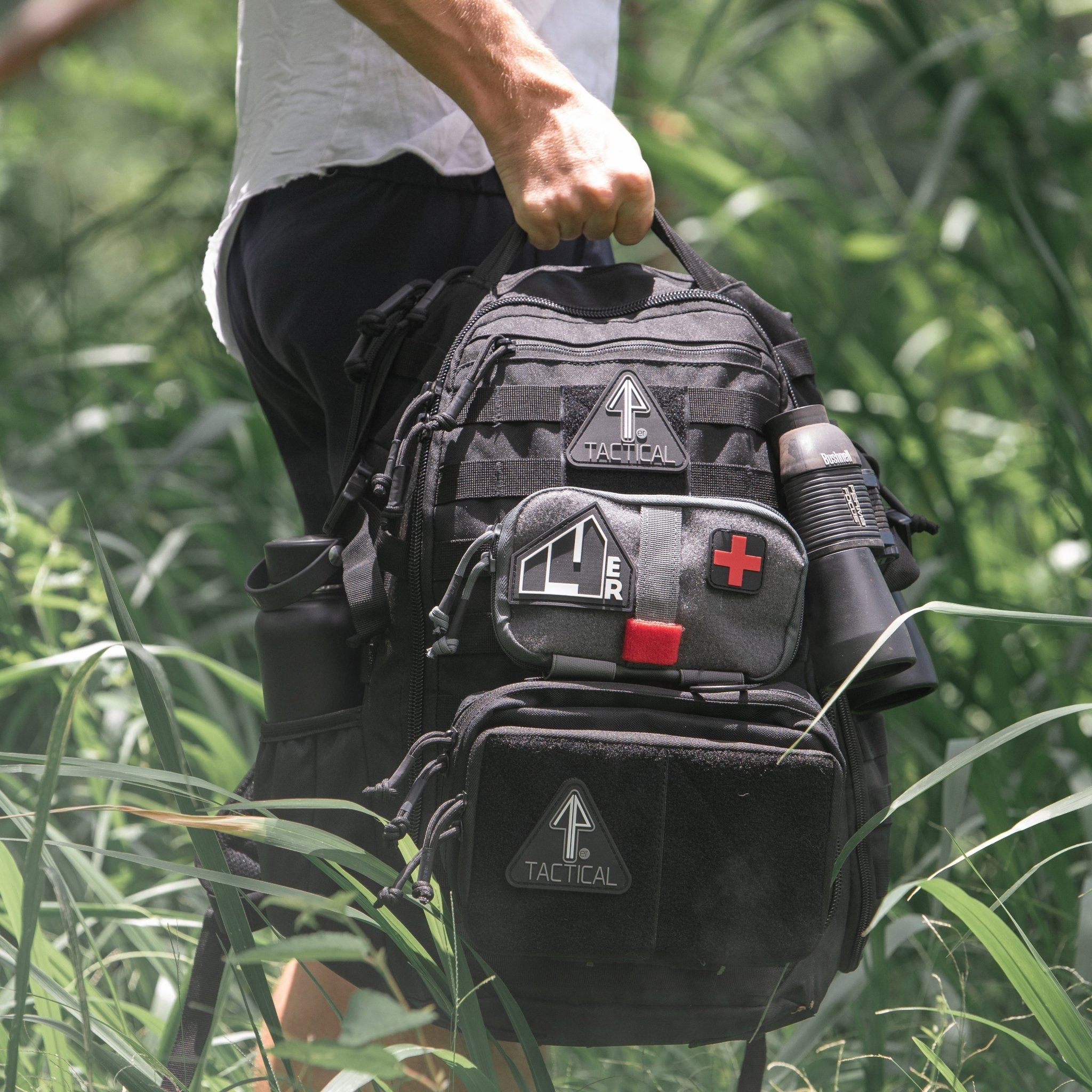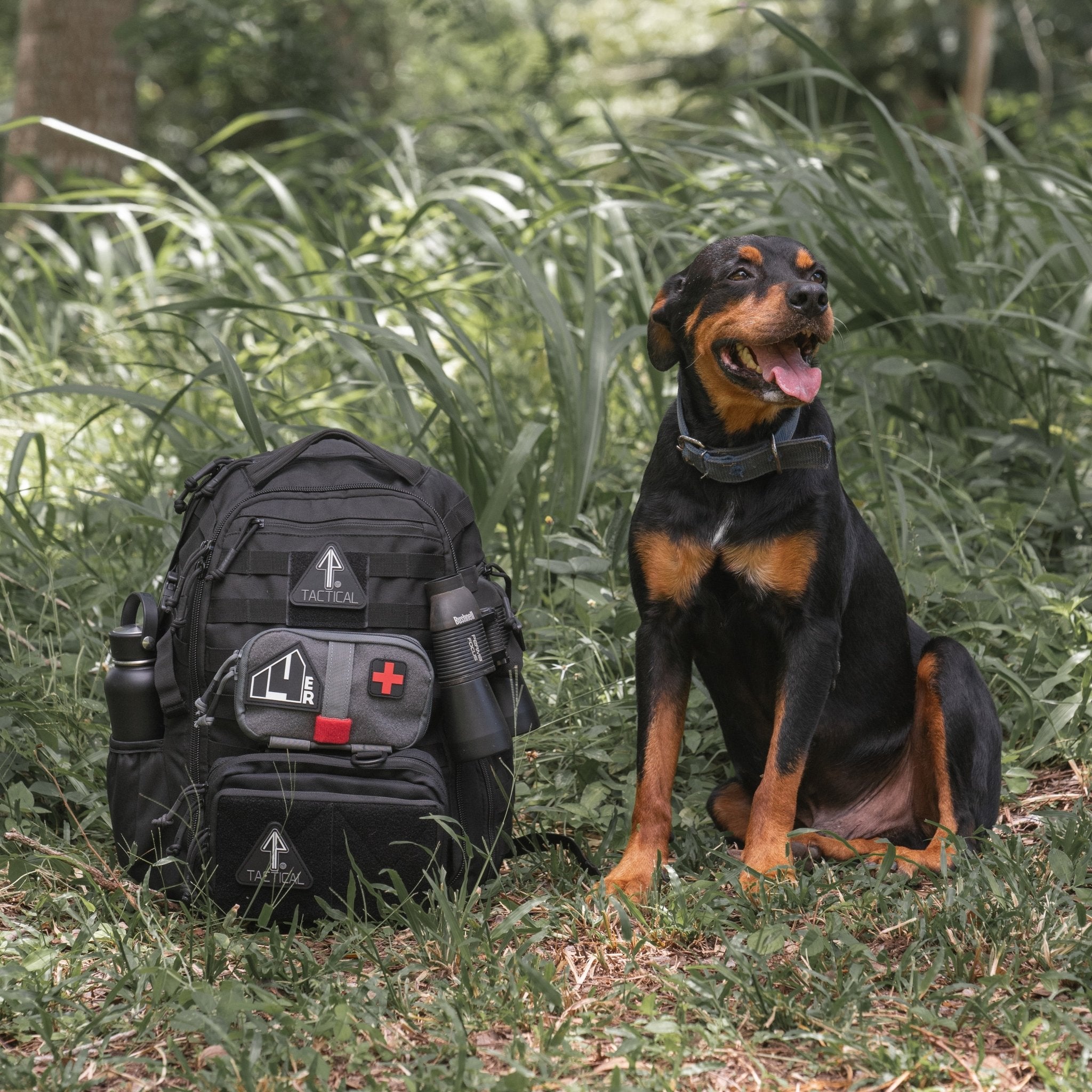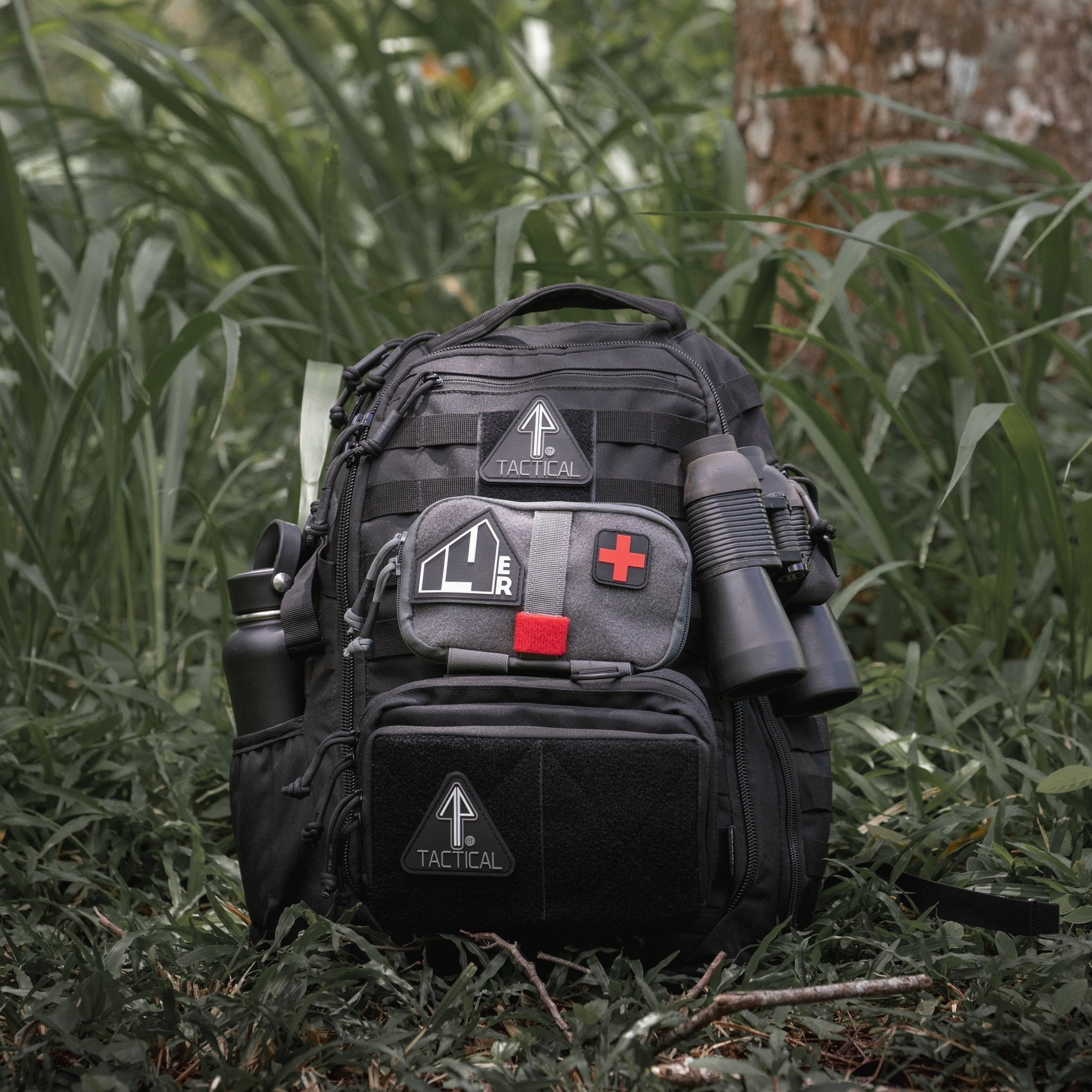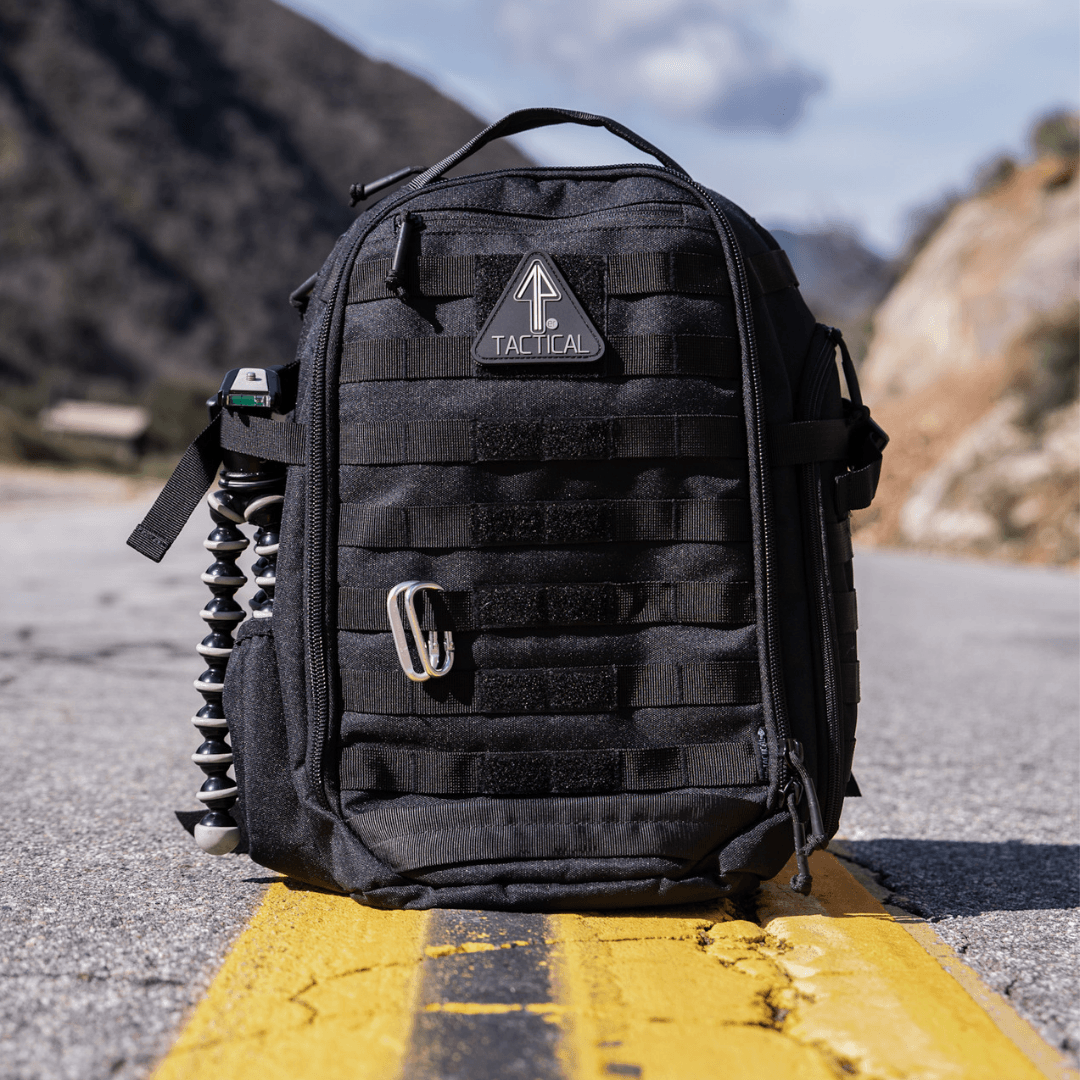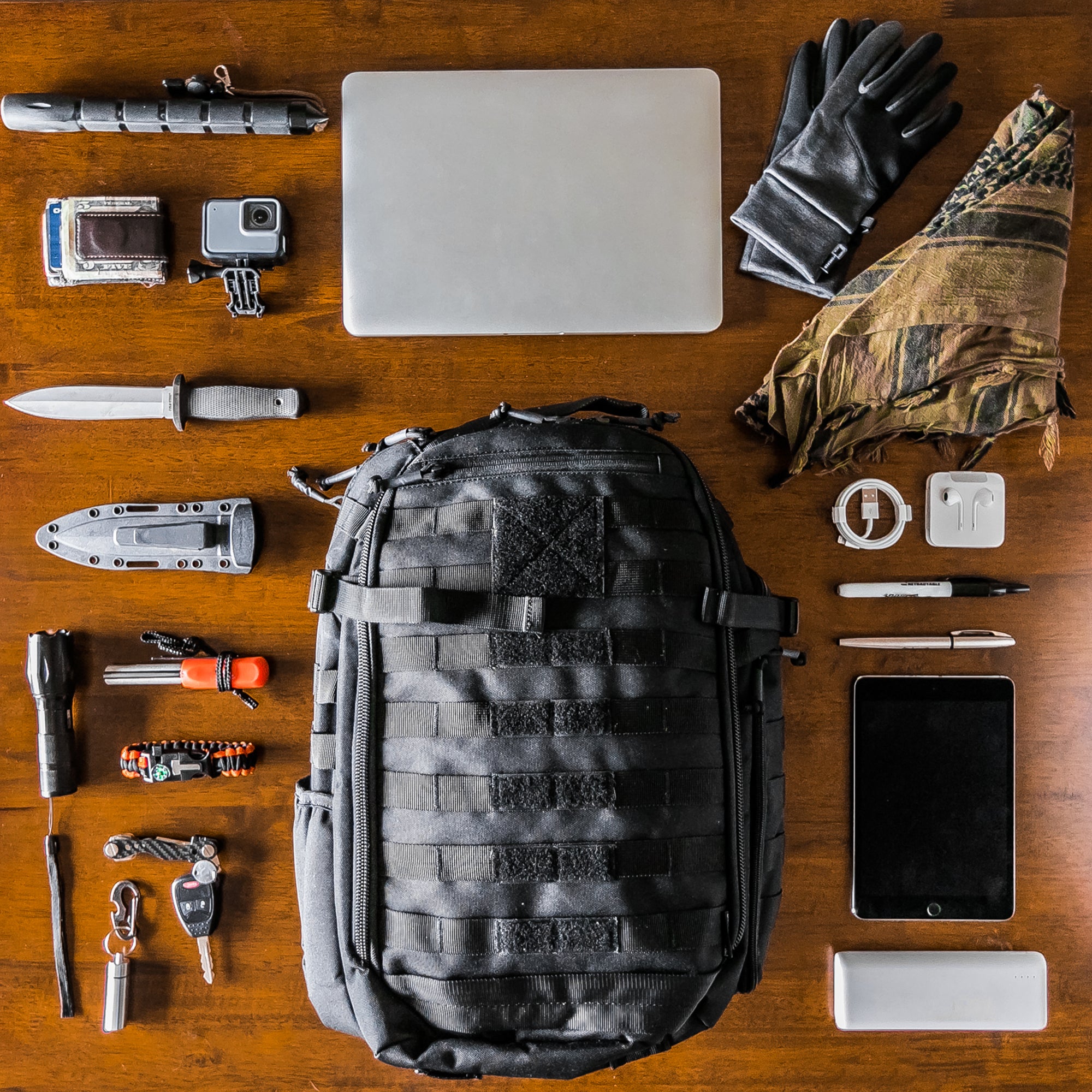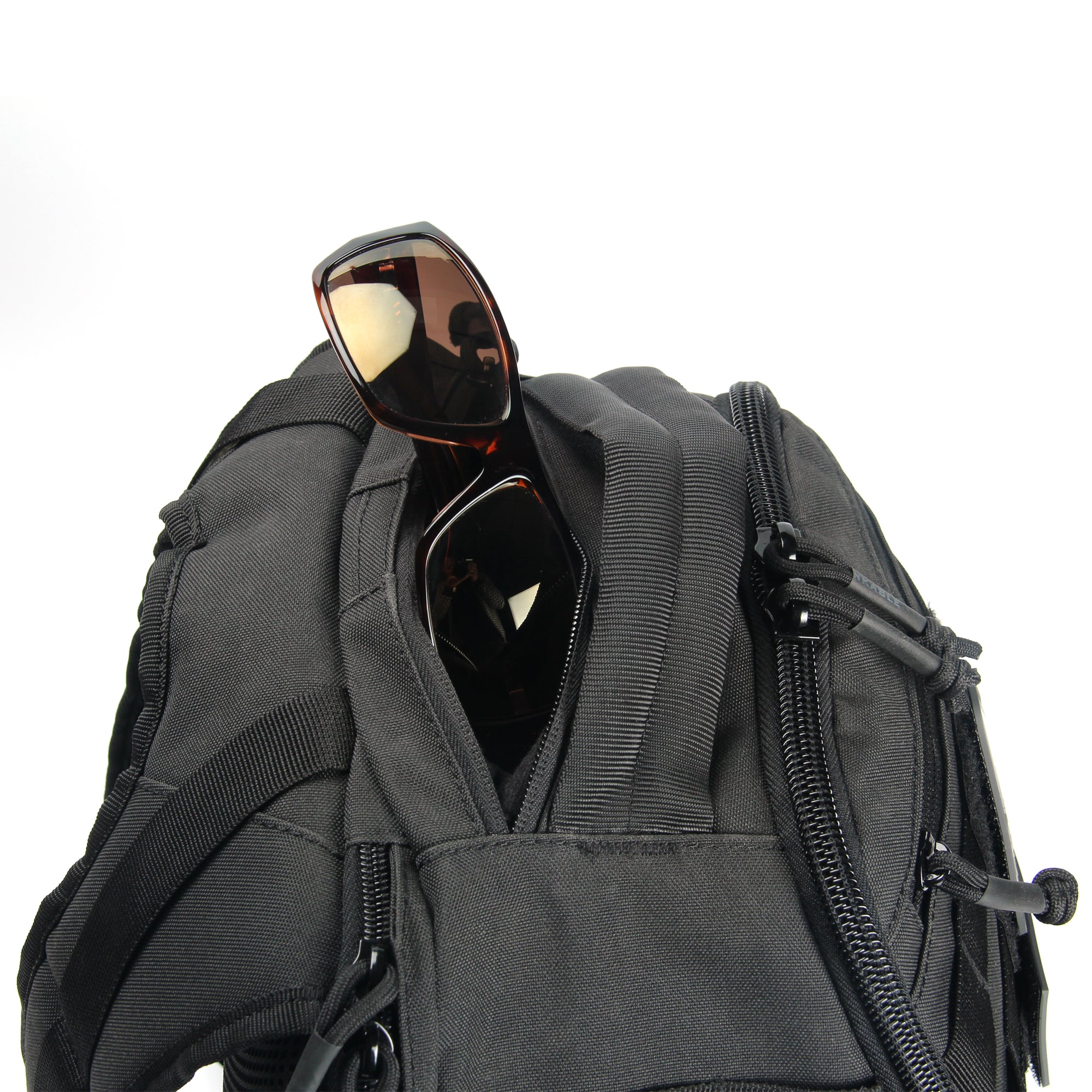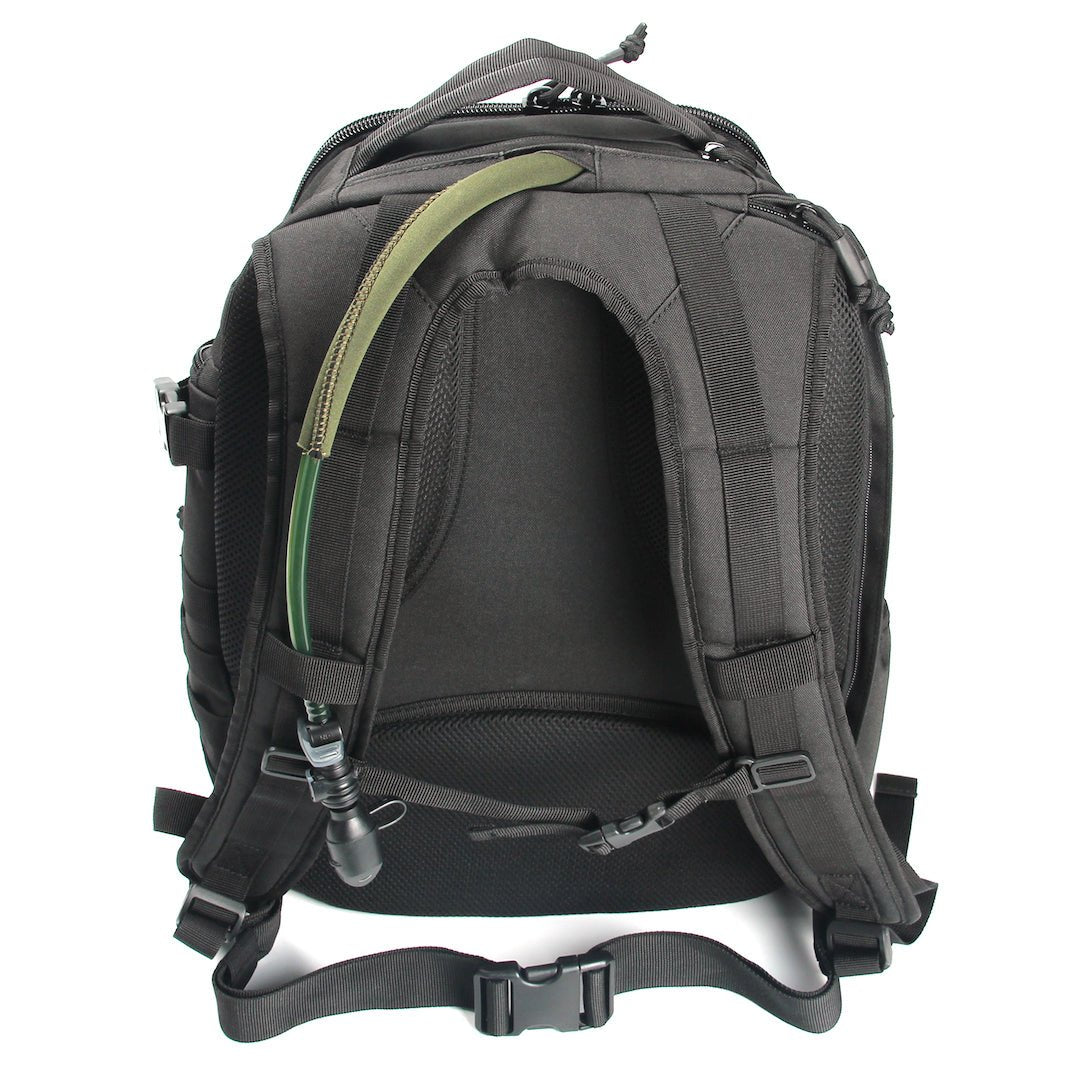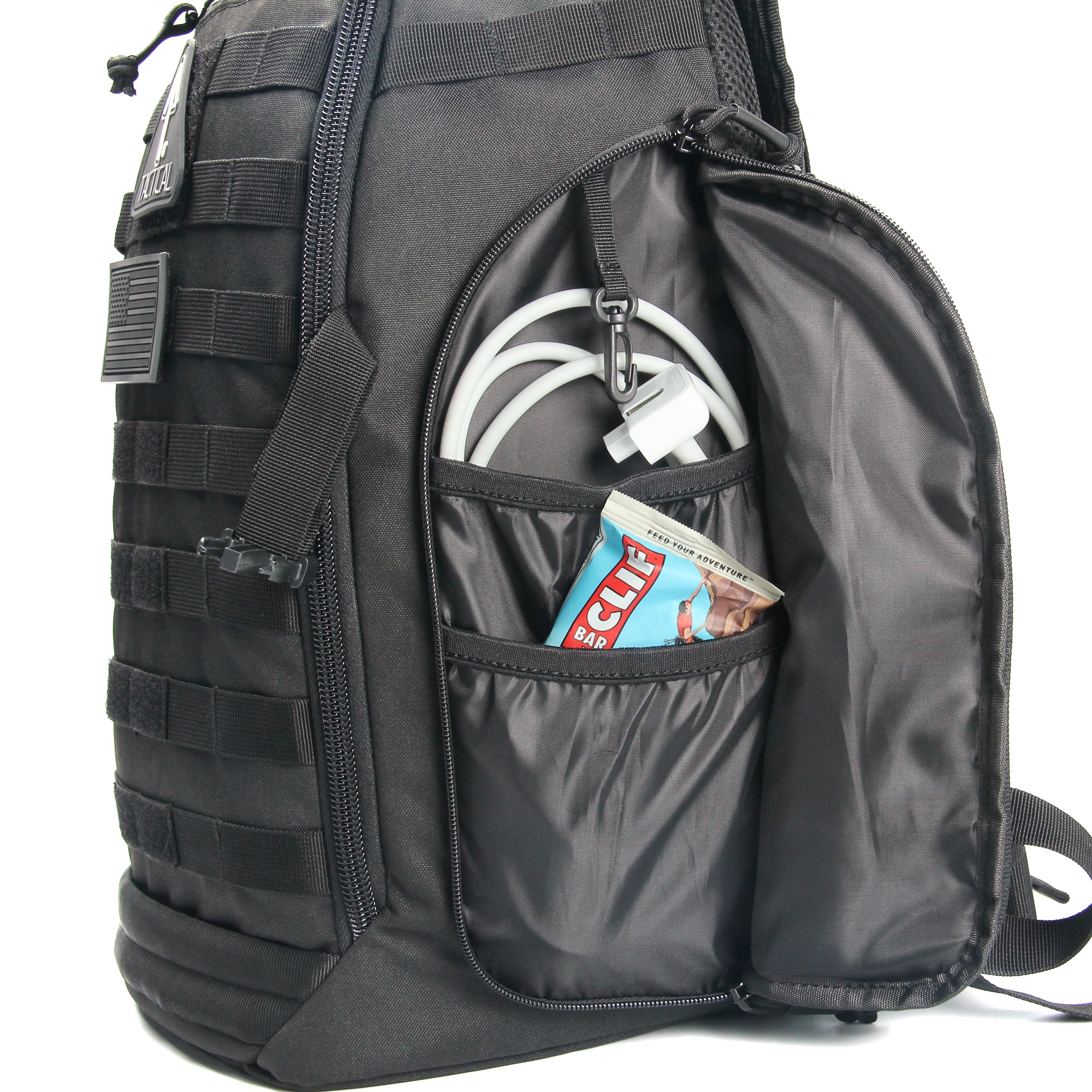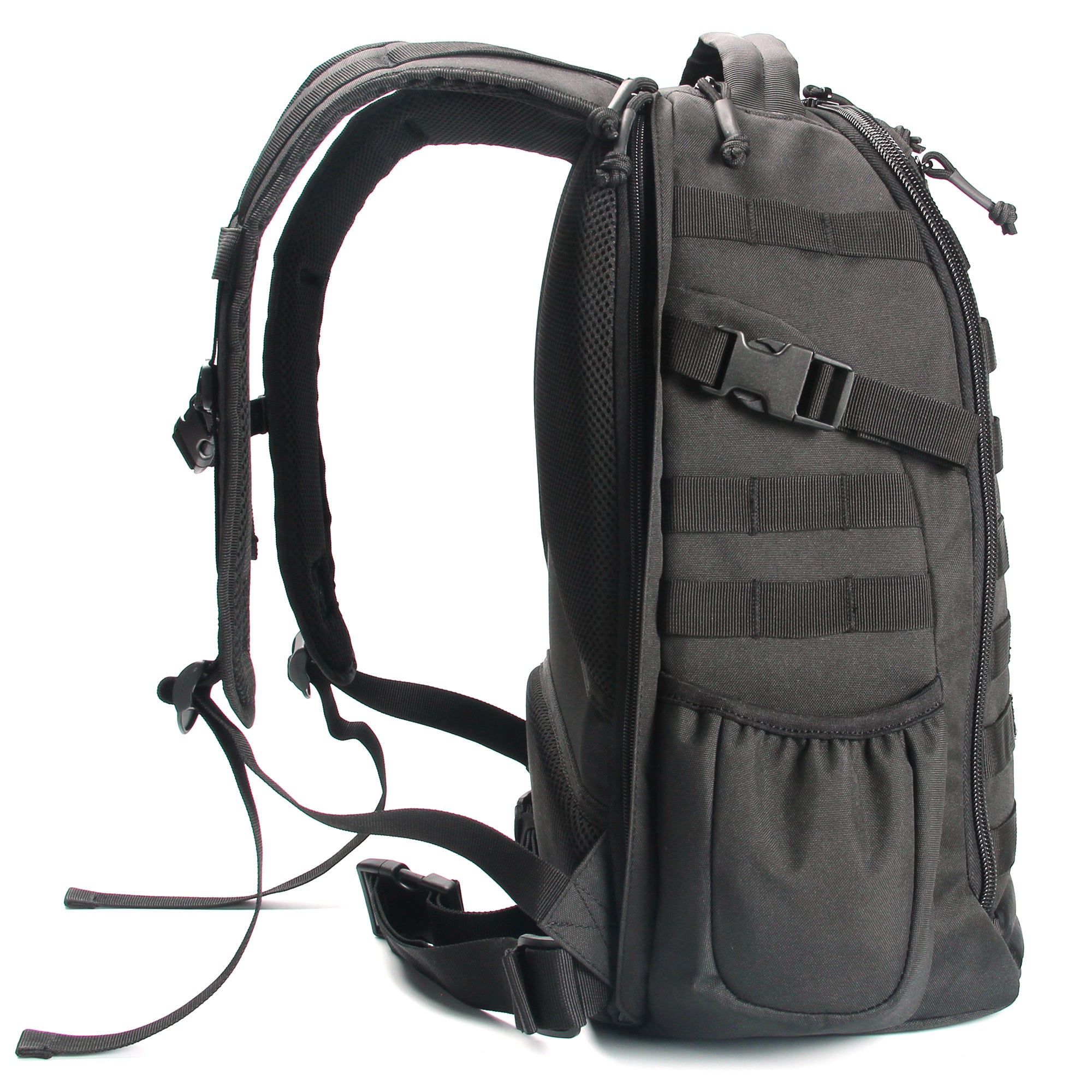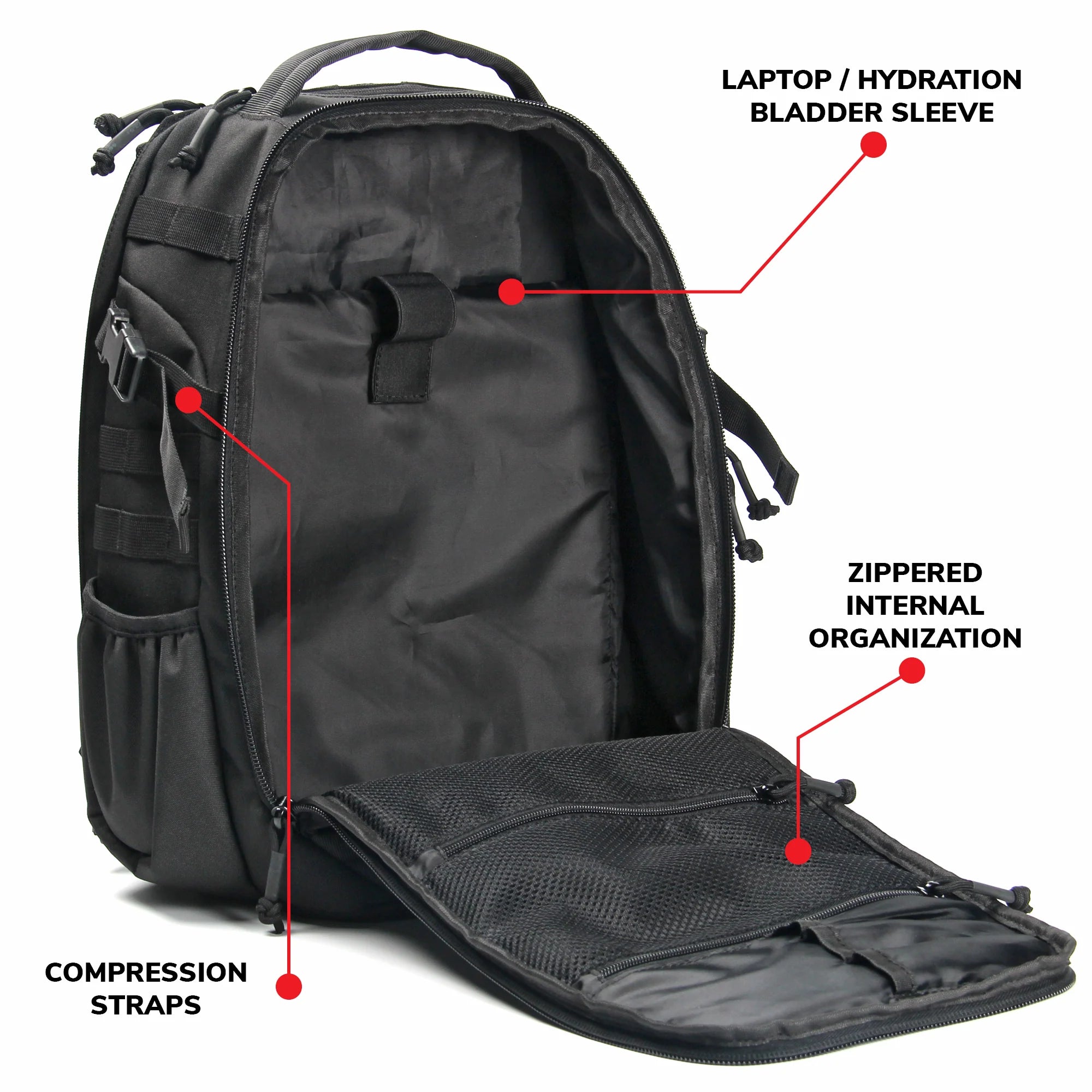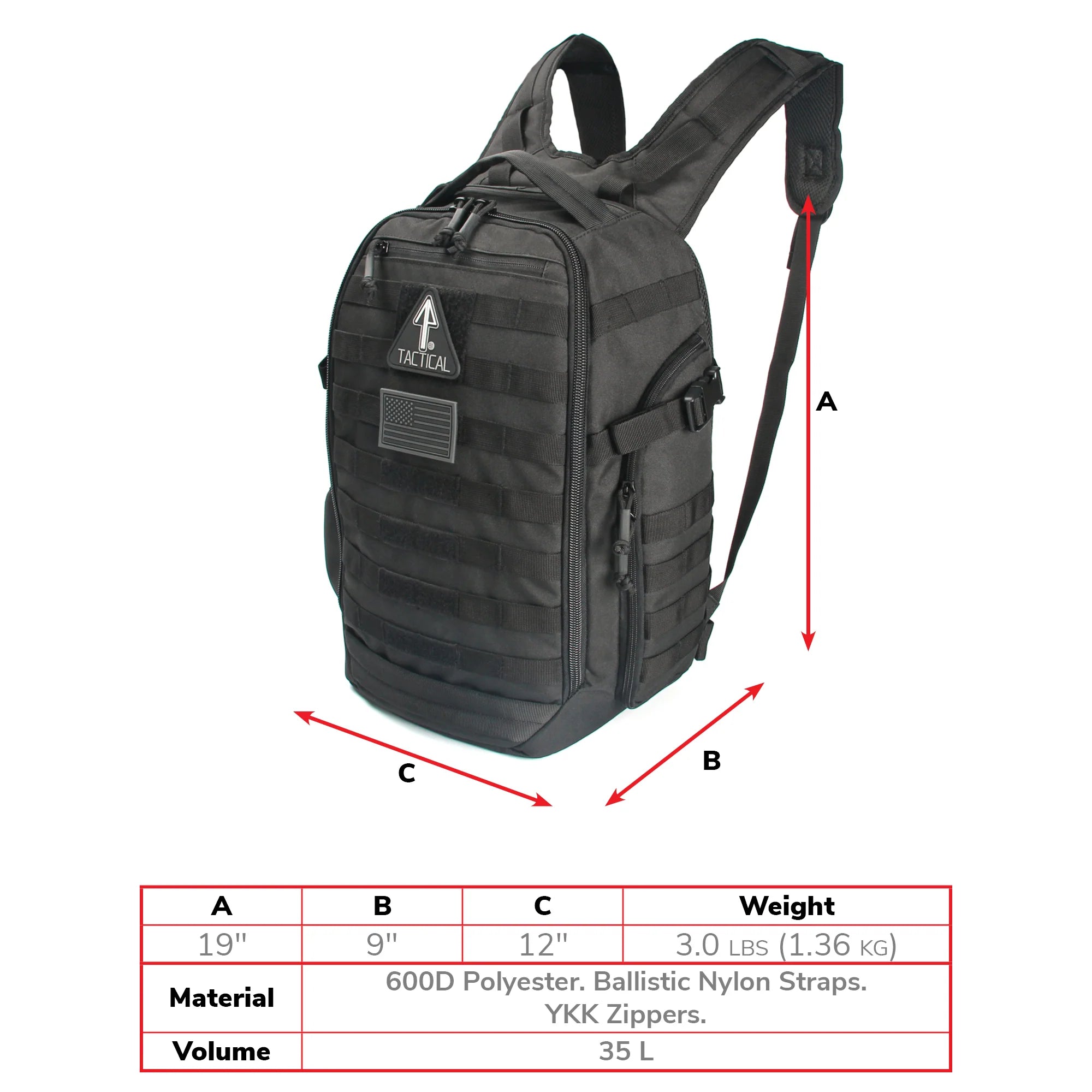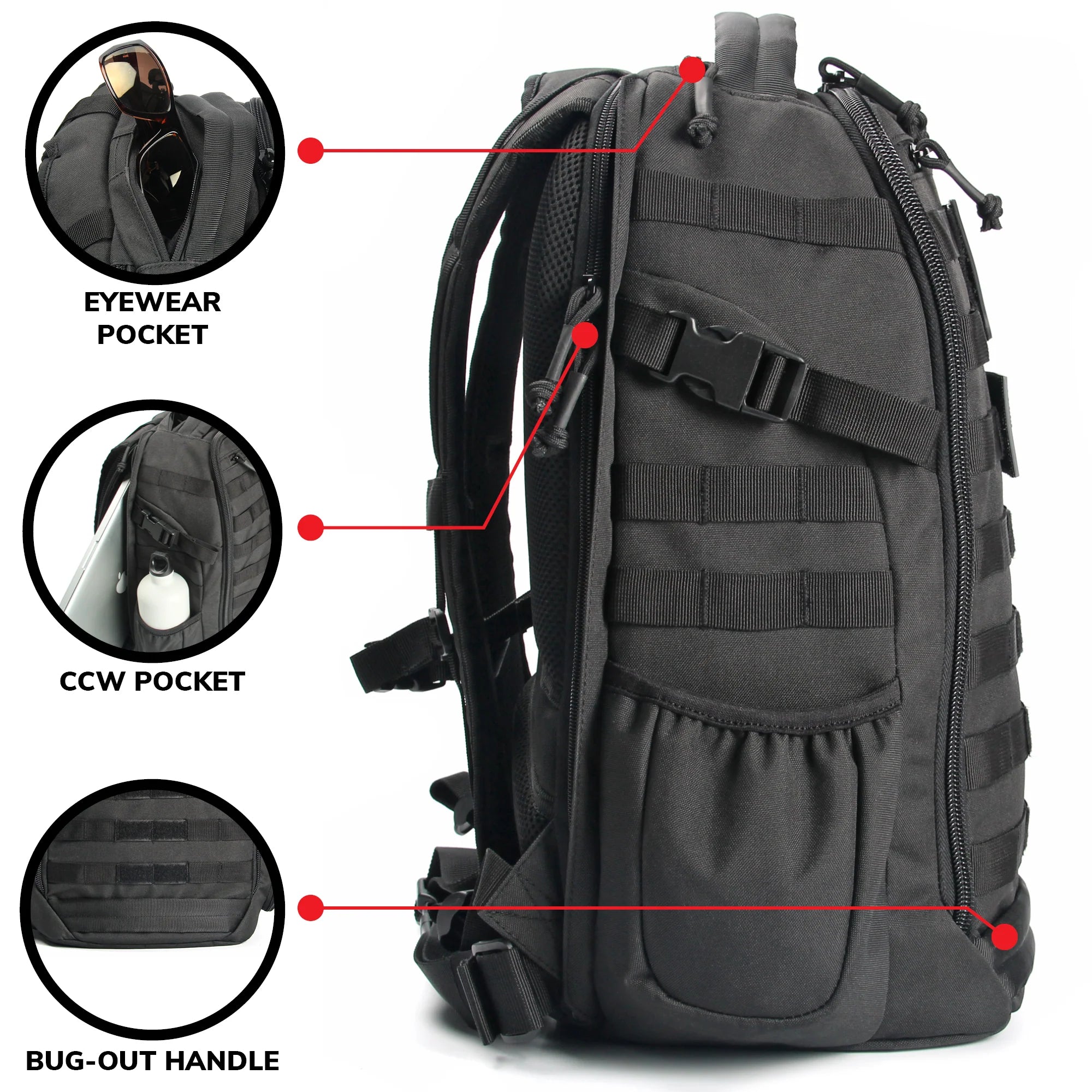
Embarking on a jungle expedition or a remote rainforest trek is not just an adventure; it's a journey into one of the Earth's oldest and most biodiverse environments. Whether you're drawn by the allure of exotic wildlife, the dense green canopies, or the challenge of navigating through rugged terrain, understanding how to prepare and what to expect is crucial for a safe and enriching experience.
Jungles and rainforests offer a unique opportunity to witness ecosystems teeming with life that can't be found anywhere else. These environments challenge even the most seasoned adventurers with their unpredictability and rich biodiversity. Exploring these areas not only satisfies the thrill of adventure but also educates on the importance of conservation.
Planning Your Jungle Expedition
Planning is critical. Research your destination thoroughly, understanding the climate, terrain, and any potential hazards. Organizations like the Rainforest Alliance provide resources for sustainable travel and can guide your preparation process. Ensure your route is mapped, and local guides are consulted to enhance your journey's safety and impact.
Packing the right gear is vital. Your kit should include waterproof clothing, moisture-wicking garments, sturdy boots, and a reliable backpack. Essentials like a first-aid kit, insect repellent, sunscreen, and a water purification system are non-negotiable. The Center for Disease Control and Prevention offers a detailed checklist for travelers which can be a handy guide in packing.

Navigating Through the Jungle and Wildlife Safety
Jungle navigation requires skill and patience. A GPS device, a physical map, and a compass are indispensable tools. Learning basic orienteering skills from courses offered by organizations like Orienteering USA can be immensely helpful. Always travel with a guide who knows the area and can navigate the often indistinct trails of the rainforest.
Encountering wildlife is one of the highlights of any jungle trek. However, it’s important to do so safely. Keep a safe distance, and use binoculars for a closer look. Familiarize yourself with the behaviors of local wildlife through resources provided by the World Wildlife Fund to avoid any dangerous encounters.

Health Precautions & Sustainable Travel for Jungle Treks
The humid, wet environment of a jungle can be a breeding ground for various pathogens. Protect against mosquito-borne diseases like malaria and yellow fever by taking prophylactics and vaccines recommended by your doctor. The World Health Organization has guidelines on what vaccinations are necessary for different regions.
Rainforests are fragile ecosystems. Adhere to the principles of Leave No Trace to minimize your impact. This includes packing out all trash, staying on designated paths, and avoiding interactions with wildlife. The Rainforest Alliance has guidelines on how to travel responsibly in these environments.

Cultural Considerations and Emergency Situations
Many jungles and rainforests are home to indigenous communities. Respecting their culture and norms is crucial. Engage with local communities respectfully and ethically, seeking permission where required and following local guidelines and traditions.
Prepare for emergencies by knowing the basics of jungle survival. Carry a satellite phone or a personal locator beacon (PLB) for areas with no cell service. Familiarize yourself with the nearest medical facilities and have an evacuation plan in place. Survival skills training can be crucial; courses are available through organizations like Survival Training School of California.

A jungle expedition is an unforgettable experience that challenges your understanding of nature and survival. By preparing adequately, respecting the natural and cultural environment, and maintaining a keen awareness of your surroundings, you can ensure that your rainforest trek is not only memorable but also safe.


